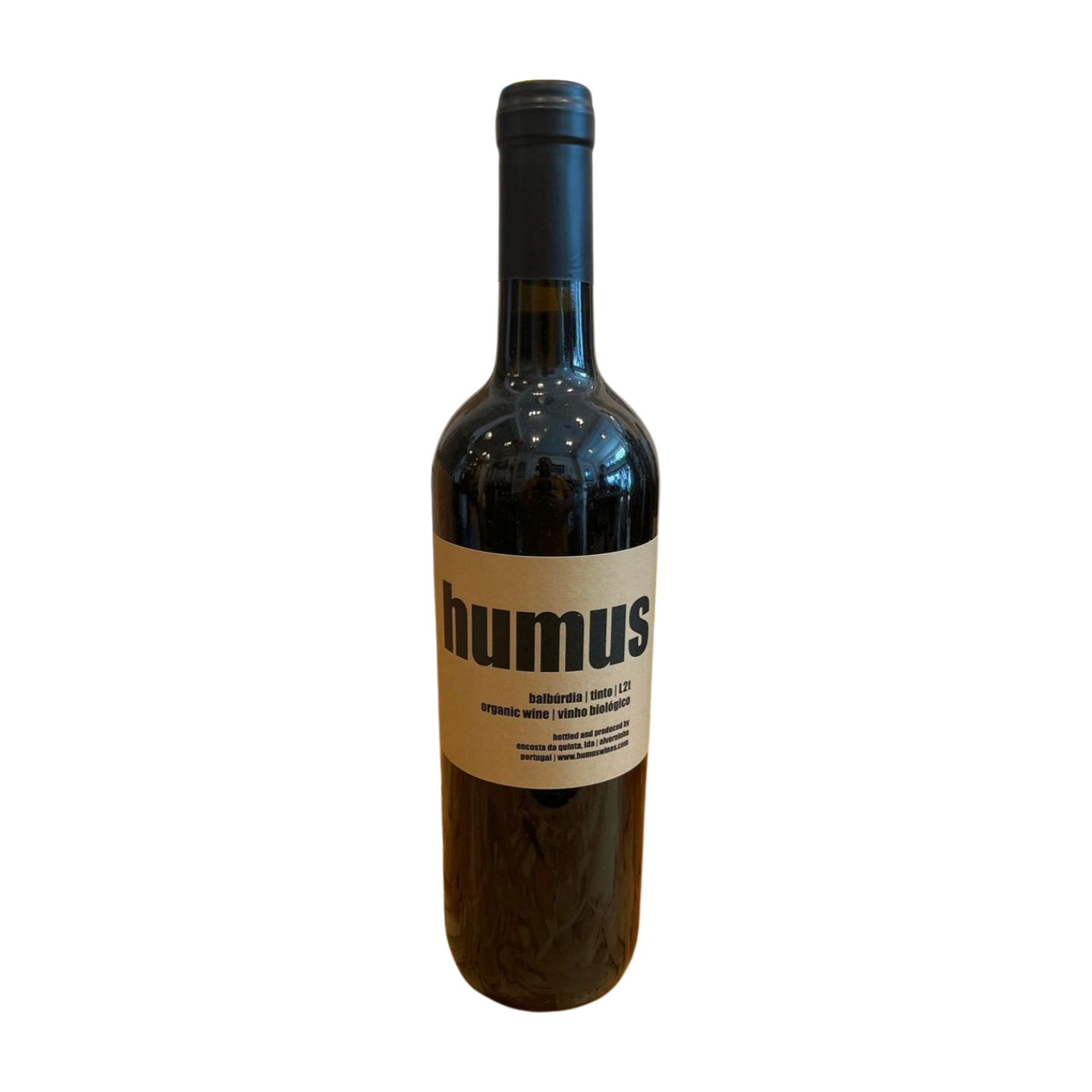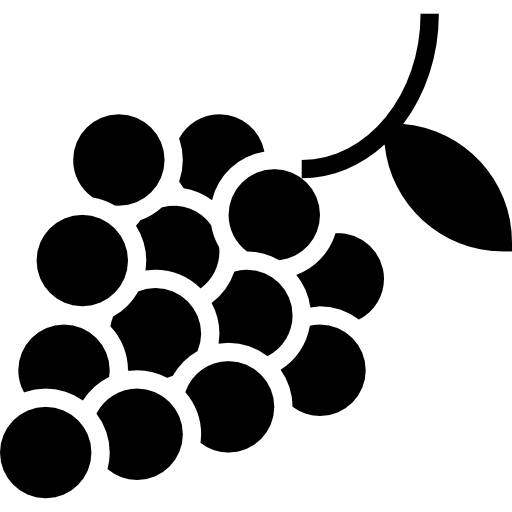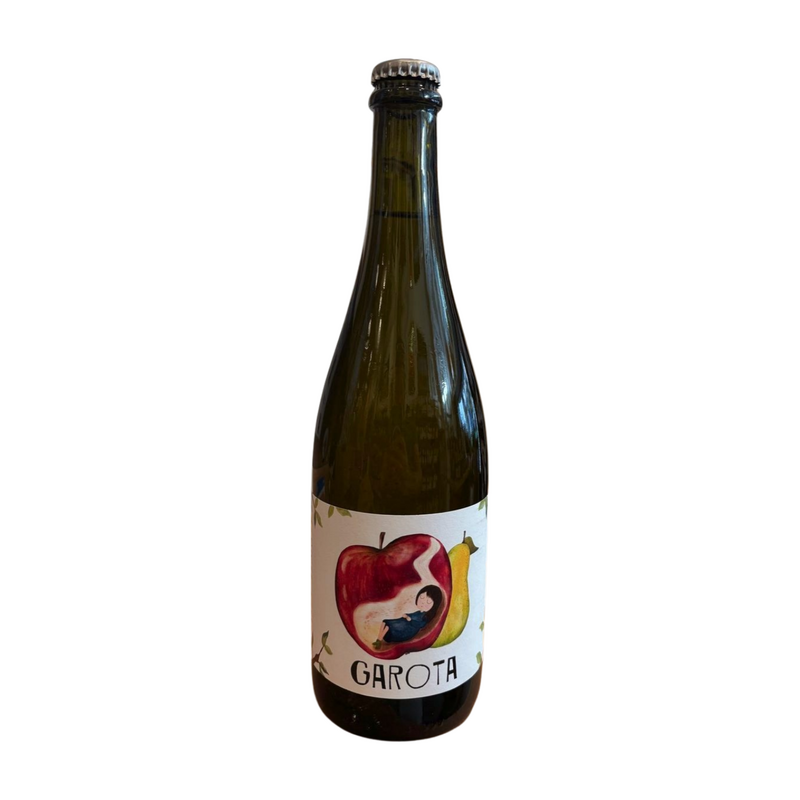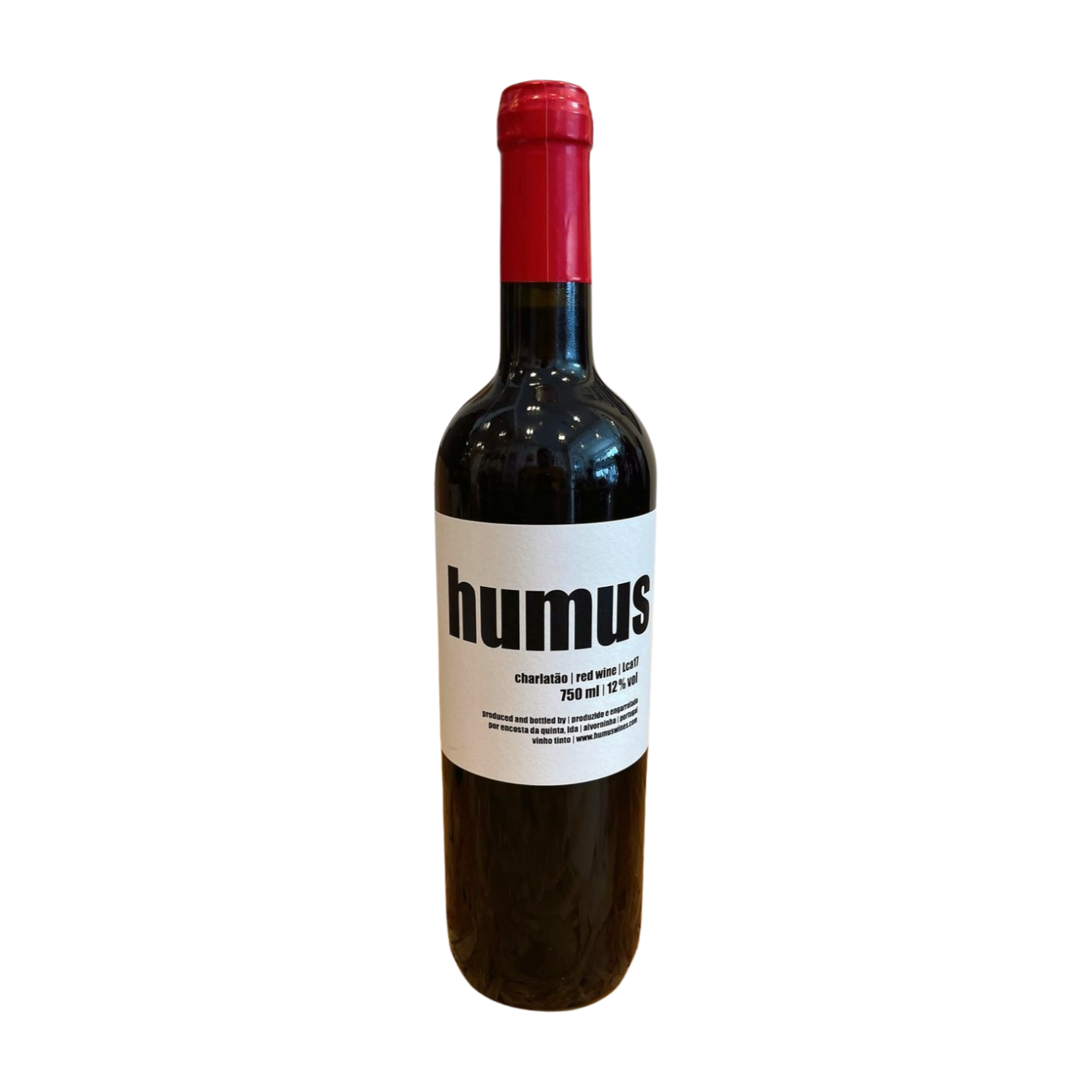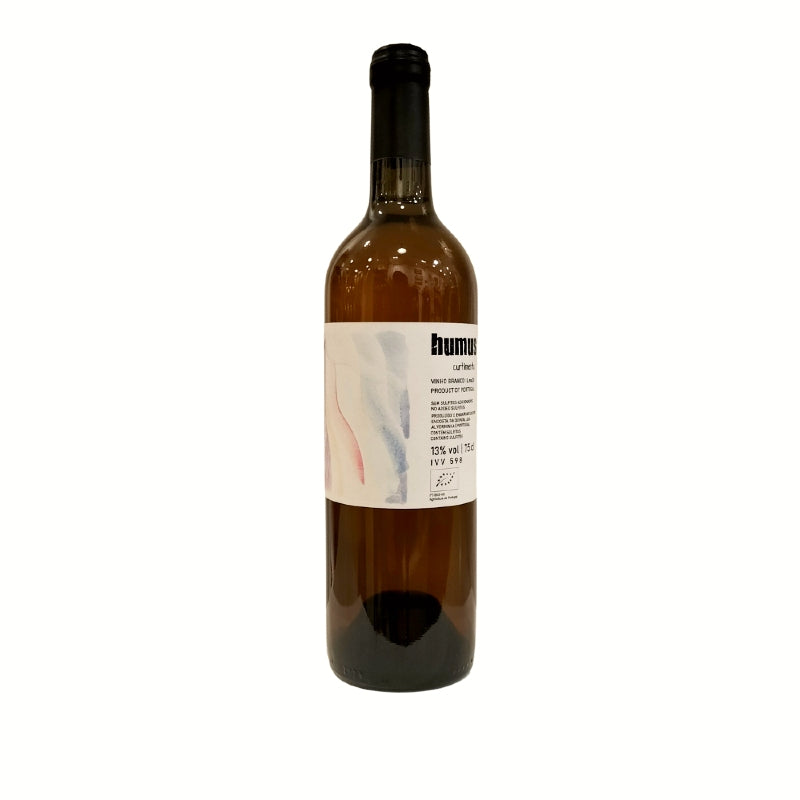A fascinating, intentionally chaotic red blend from the Lisboa region, Balbúrdia—Portuguese for 'chaos'—is named to reflect its non-vintage nature, a rare and experimental approach from natural wine producer Rodrigo Filipe.
True to its name, this wine’s production is an exercise in blending across both varieties and vintages, composed of a mix of traditional Portuguese grapes, most notably Touriga Nacional, Tinta Barroca, Syrah, and Castelão. The defining characteristic is its composition, which involves mixing up to wine from several past vintages, typically aged in barrels (from 2011 to 2016 in some iterations), with a percentage of younger wine from the most recent harvest (e.g., 2017) that saw no barrel aging. Grapes are manually harvested from organically farmed vineyards on clay-limestone soils near the Atlantic coast. The red varieties are generally destemmed and crushed, undergoing spontaneous fermentation with only native yeasts in stainless steel tanks, followed by an aging period in used oak barrels to avoid imparting overt new wood flavors. The older, barrel-aged components are blended with the fresher wine to achieve a specific profile of complexity and levity. As a natural wine, the Balbúrdia is released unfined, unfiltered, and without added sulfites, ensuring the final product is an unadulterated expression of the grape and the Atlantic-influenced, clay-limestone terroir near Óbidos.
The Balbúrdia Tinto typically presents a medium ruby color with a translucent edge, suggesting its lighter body and minimal intervention approach. It offers an enticingly natural and slightly earthy bouquet on the nose, defined by bright red and black forest fruits—think sour cherry, tart cranberry, and ripe blackberry—intertwined with subtle herbaceous and peppery undertones. The palate confirms its fresh, juicy character, driven by a lively, balancing acidity that is a hallmark of the Lisbon region’s cooler, Atlantic-influenced climate. While the older components add a layer of complexity and hints of savory leather and delicate wood spice, the overall impression is lightness and vitality. The tannins are present and firm but well-integrated, giving it just enough structure to pair with food without being overtly tannic. The finish is clean, refreshing, and fruit-driven, showcasing the 'glou-glou' drinkability desired in modern low-intervention reds.
